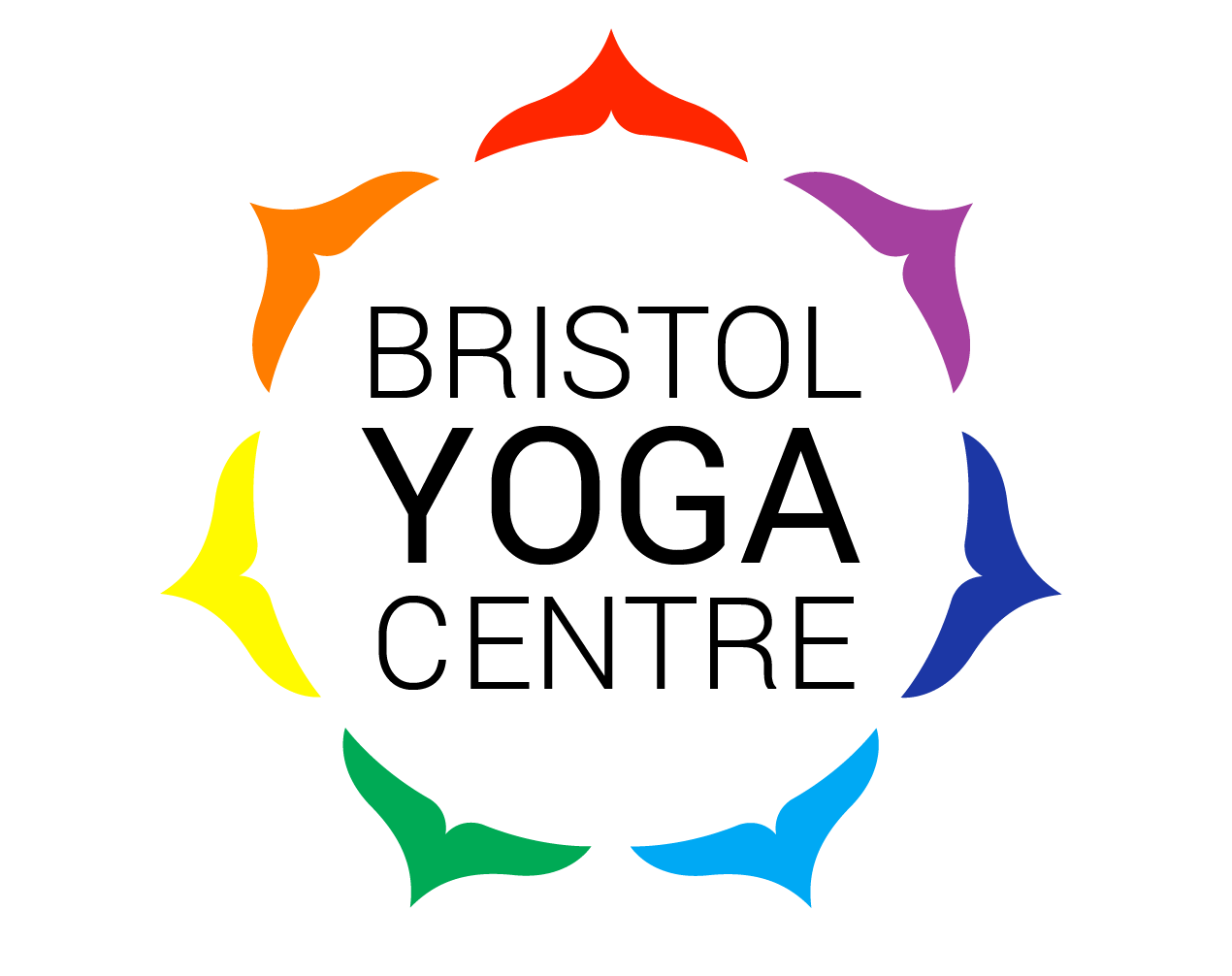‘Home practice explores the exquisite relationships between the body, the breath and life itself. The whole reason for doing yoga is to enjoy this relationship, the natural intimacy with life itself’
– Mark Whitwell, an internationally renowned yoga teacher
Developing a consistent home yoga practice is one of the most rewarding and important activities for serious yogis but it can also be one of the hardest things to achieve. A regular practice requires motivation, creativity, discipline and confidence – all qualities that are really worthwhile to try and develop.
I’ve met dedicated students that attend taught group yoga classes almost every day and yet find it a real struggle to get on their yoga mat alone at home. This is important to remedy as it’s within a regular home practice that we truly discover and connect to ourselves. As Tara Frazer in her book ‘Yoga for You’ says, ‘Although you will learn a great deal from a teacher, you will experience most of yoga’s benefits by practicing alone. This is because, ultimately, yoga is a process of self-realisation and you are the best expert on yourself’.
No matter how excellent your yoga teacher is, they will never be able to feel and connect to yourself like you can. Instead of relying on other people, you can begin to look after yourself.
When we know ourselves better we are in a much better position to take care of our minds and bodies. One of the greatest benefits from my own practice is the ability to really listen and adapt my practice to suit my changing needs. I believe this is an essential point as no matter how strong or flexible you become, if you are unable to modify your practice when you have injuries or at challenging times then it’s severely limited. In fact, it’s during these times that our yoga practice should help and support us.
The yoga practice then becomes a therapeutic transformative activity for the individual. Gary Kraftsow, a senior viniyoga teacher said ‘...Yoga lies in the adaption of the practice to the individual, not in the adaptation of the individual to the practice’. When designing a balanced personal practice, Krafsow says to respect our individual situations and requirements and take into account constitution, place, gender, time, age, capacities, aspirations and activities.
It is easy to ignore our personal needs and circumstances and set unrealistic aims and goals in our practice. Yoga is not something we accomplish but it is a life long development. You will naturally find that your practice will continuously grow and change.
Over time my own practice has changed to be more self-reflective and contemplative. It is now much less about achieving certain postures or complying with rigid ideals. I do my home practice to try and achieve greater harmony and balance within myself. I believe these important changes have come from my continuous personal practice.
In the next part of this blog, I will give tips and advice on starting a home practice.

